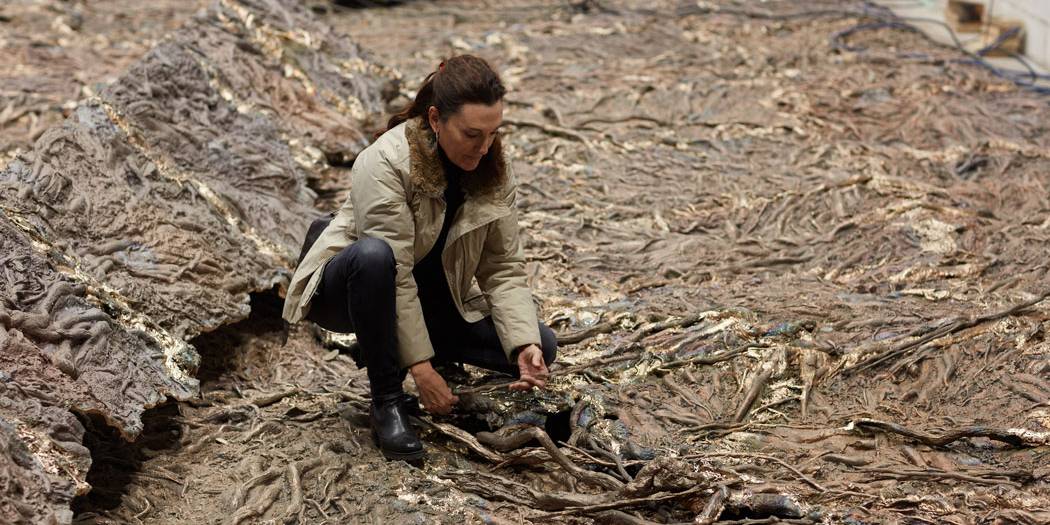
The Role of the Bronze Artist in Contemporary Sculpture
Bronze sculpture is one of the most enduring forms of artistic expression. For centuries, this noble alloy has been shaped by artisans into public monuments, abstract works, and intricate figures. At the heart of this legacy stands the bronze artist—a creator who combines material expertise, visual sensitivity, and technical mastery.
Today, the role of the bronze artist is more vital than ever. As public art evolves and scale increases, artists must rely on advanced tools and collaborative processes to bring their vision to life.
What Defines a Bronze Artist?
A bronze artist is a sculptor who works primarily with bronze as a medium. While some artists specialize in modeling and concept creation, others are deeply involved in the full process: from design to casting to finishing.
Bronze artists often work closely with:
-
Foundries for casting
-
Engineers for structural viability
-
Art fabricators for large-scale assembly
-
Curators or institutions for public placement
What unites them all is a deep respect for the material and a commitment to turning metal into meaning.
The Process of a Bronze Artist
1. Concept and Modeling
Every sculpture starts with a concept. Bronze artists typically model their ideas in wax, clay, or digitally. These models serve as the blueprint for the entire process.
Explore digital modeling and 3D scanning as part of the creative workflow
2. Collaboration with Foundries
Bronze casting requires precision and experience. Artists often partner with expert foundries that handle wax reproduction, mold making, and metal casting using techniques like lost wax or sand casting.
Learn more about our artistic foundry services
3. Surface Finishing and Patination
After casting, bronze sculptures undergo detailed surface work: cleaning, welding, and applying patinas or coatings to achieve the intended texture, tone, and character.
See how patina, painting and finishes complete the bronze artist’s vision
Challenges Faced by Bronze Artists Today
-
Scale and logistics – Many contemporary works are monumental and require large-scale fabrication support.
-
Material behavior – Bronze expands and contracts; the artist must understand its properties during casting.
-
Environmental exposure – Outdoor pieces need surface treatments to endure weather and oxidation.
-
Balancing tradition and innovation – Bronze artists must honor classical techniques while embracing digital tools.
Bronze Artists in Public Art and Architecture
Many bronze artists today work in close collaboration with architects and urban planners. Their sculptures are integrated into:
-
Civic spaces and plazas
-
Corporate buildings and institutions
-
Cultural heritage sites
-
Museum collections and public parks
This approach requires not only creativity, but a command of structural, technical, and curatorial considerations.
Final Thoughts: Bronze Artist
Being a bronze artist today is both a continuation of history and a contribution to the present. It means engaging with one of the most prestigious sculptural materials while navigating modern fabrication demands.
At Alfa Arte, we support bronze artists in every phase of their creative journey. From detailed modeling to high-quality casting and expert finishing, we help shape bronze works that stand the test of time—both in structure and meaning.